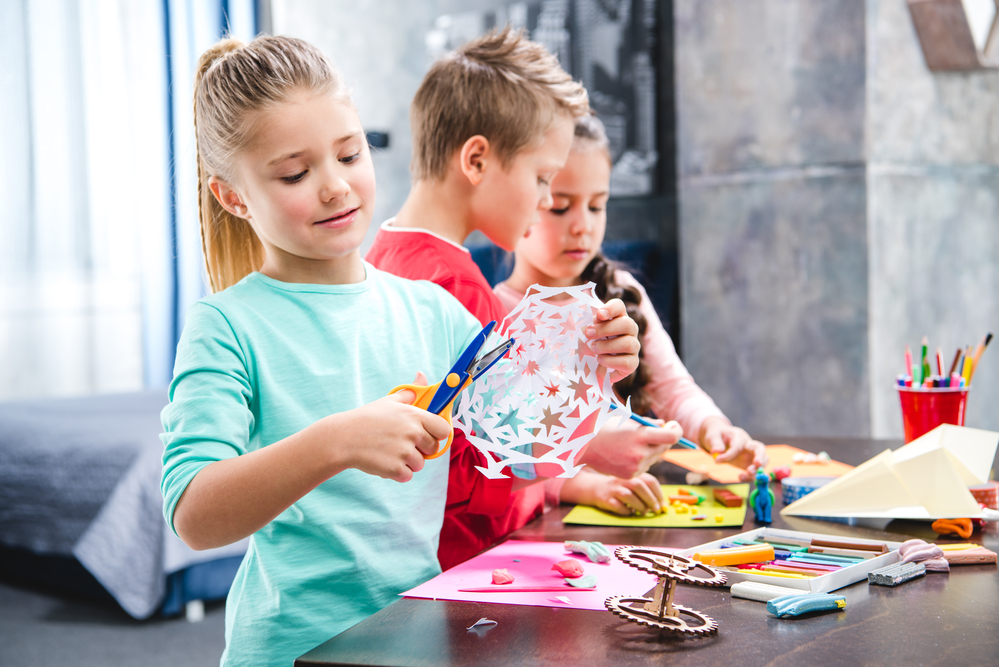One learning approach that many parents and educators love is hands-on learning.
In this article, we’ll dive deep into what hands-on learning means and why it’s so beneficial for your child. We’ll also offer a few effective ways to introduce this learning philosophy to your child at home.
Let’s dive right in!
What Is Hands-On Learning?
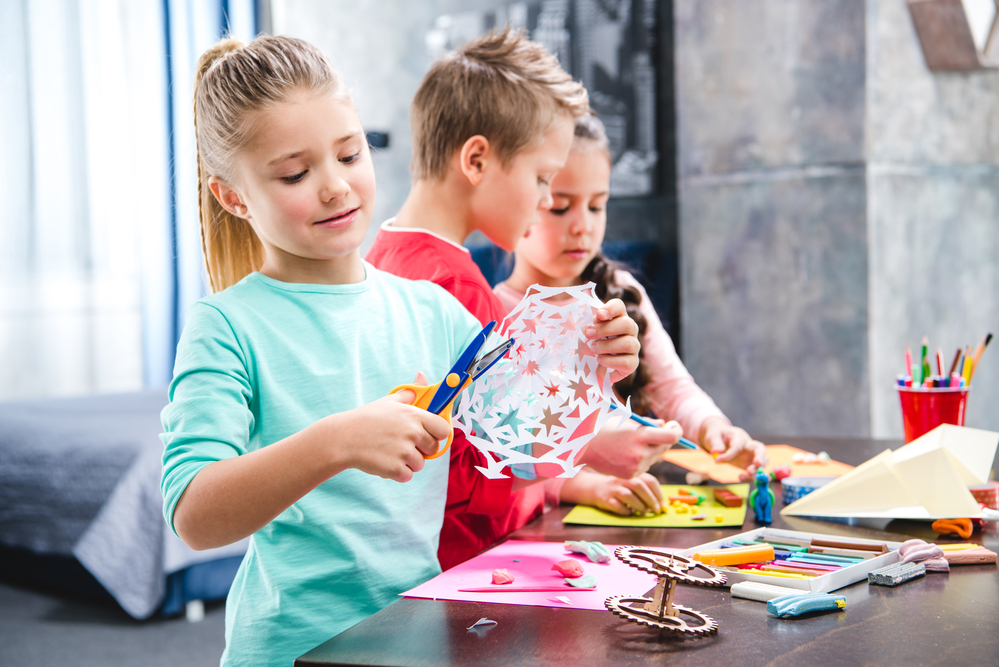
Hands-on learning is all about learning through doing. It allows students to gain knowledge of the topic or concept they are studying through experience.
This allows kids to engage the subject matter with their hands and create something or solve a problem. They are able to touch and manipulate the objects they are learning about.
This approach goes by a variety of names. Some of the most common are experiential learning, learning-by-doing, or project-based learning. (These all mean the same thing.)
A few subjects come to mind when thinking about hands-on learning — for example, science and art classes. Paint brushes, safety goggles, drawing materials, and so much more are all a part of this learning method.
While these subjects have traditionally taken on the experiential learning philosophy, the reality is this approach can be applied to almost any subject.
For example:
- Solving puzzles or working with building blocks to create interesting geometric shapes as a part of math class
- Constructing a playful environment to reenact a story you’ve read and practice vocabulary
- Practicing telling time by making an analog clock with paper and a brass fastener
All of these are great examples of how hands-on learning can be used in almost any classroom (or home!) to help children learn.
5 Key Benefits Of Hands-On Learning
1) Encourages Interaction To Improve Skills
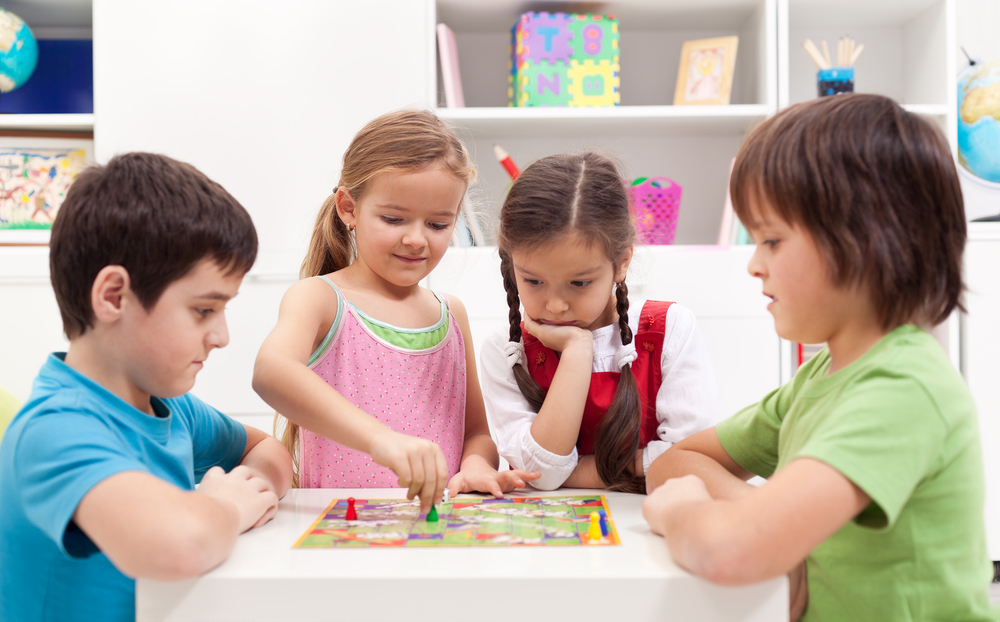
The traditional sense of learning — where a teacher reads from a textbook and students sit quietly and listen — lacks in one key area: engagement. This is where experiential learning shines because kids get to actually engage with the content.
Learning by doing is also great in helping children practice the skills that they’ve just learned.
If you’ve ever learned a new skill (i.e., driving, cooking, baking, playing a musical instrument, etc.), you know that the more time you get to practice the skill, the better you’re able to retain the information and the better you’ll eventually become.
2) Makes Abstract Concepts Concrete
When children learn to count, they usually recite the numbers from memory. But this doesn’t mean a child actually understands quantities.
It’s only when they physically hold objects they are counting that they actually begin to understand what the numbers mean (e.g., I have six beans!).
By using hands-on learning, children can see the relevance of what they’re learning in the real world. That’s because they sometimes get to actually create something (i.e., drawing, painting, construction project, etc.). And this is something real.
For example, children might be taught about colors in art class and what happens when they are mixed. But if their teacher just reads this from a textbook, the words may mean nothing to them.
However, when they get to mix blue and yellow and produce green, this is a concept they’ll never forget. Active learning is also empowering because it shows children that they can impact the world around them — they can produce something.
3) Strengthens Fine Motor Skills
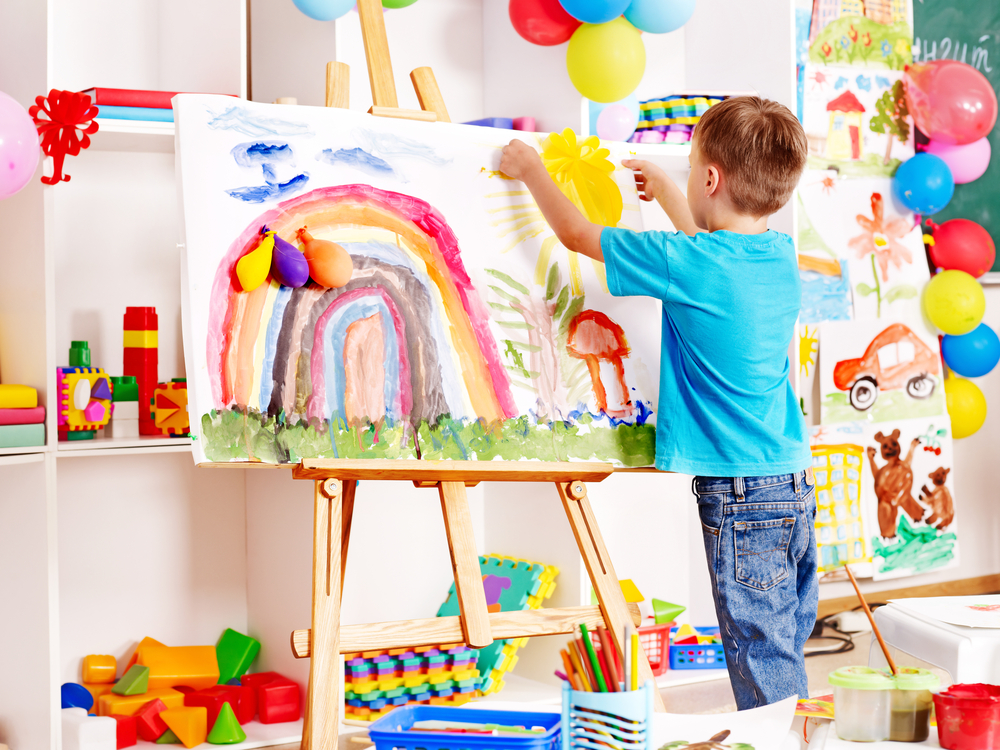
Experiential learning is also important for younger children because it encourages them to work on their fine motor skills.
Every time your child manipulates their playdough, carefully cuts a piece of paper with scissors, or learns how to hold a brush so they can paint, they are developing fine motor skills, which they will use well into their adulthood.
4) Allows For Creativity
Hands-on learning allows kids to get creative. When most people hear “creativity,” they tend to associate it with subjects like music or art, but these aren’t the only subjects where creativity comes into play.
For example, writing a few sentences to describe a picture requires a great deal of imagination. But so do science experiments! And even learning to count different items requires kids to engage their creative side.
Creativity results in a new way of thinking about a particular concept, and hands-on learning helps children continue to develop this important skill.
For example, drawing a picture to match a story requires imagination, but so does considering consequences of a science experiment or figuring out your own way to group a pile of paper clips together to find out how many you have.
3 Hands-On Learning Ideas
1) Examine Some Fossils
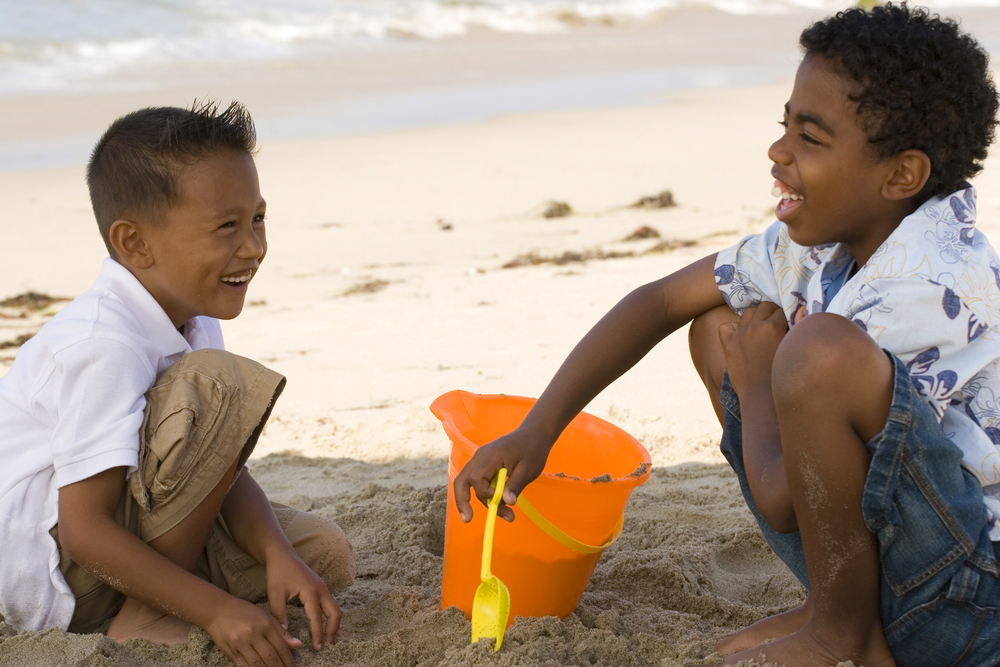
What You’ll Need:
- Lots of sand (or dirt)
- Large plastic tub
- Craft sticks and/or rocks
What To Do:
This is a great activity to do after reading about dinosaurs and how paleontologists discover dinosaur fossils as a way to learn about these ancient animals. To get started, encourage your child to put sand or dirt in a large plastic tub. Then, hide craft sticks and small rocks in the sand.
Once you have this set up, let your child act as a paleontologist on the hunt for fossils in the tub. This is a great activity for preschoolers and kindergarteners to learn about fossils (even if they are just fake).
It’s also beneficial to examine the properties of each “fossil” they find, which is a fun way to build vocabulary and imagination — This stick is super long. It might be the arm or leg of a dinosaur!
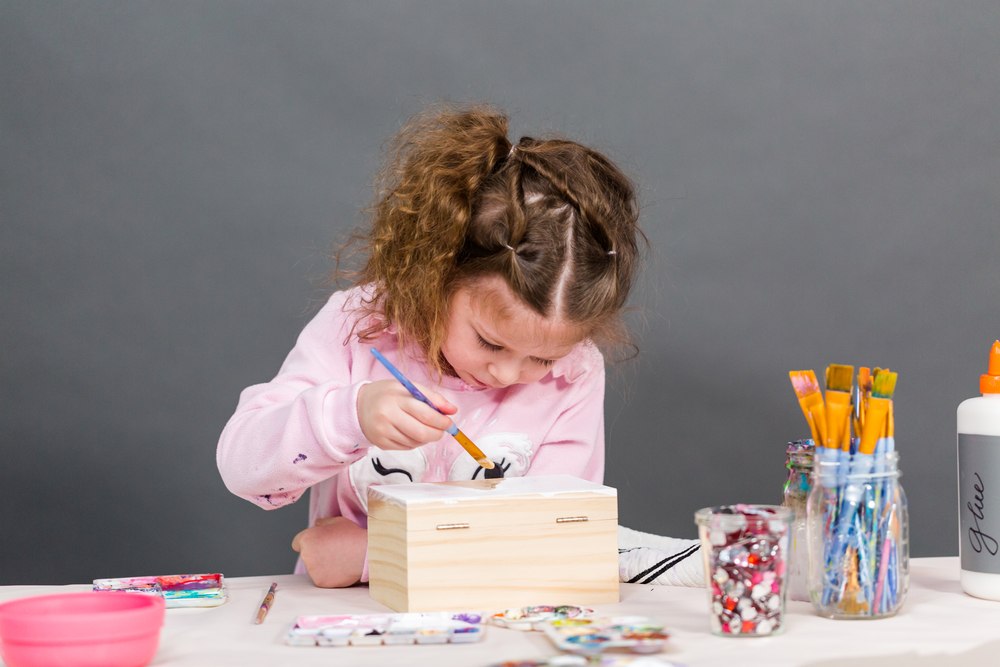
2) Craft Box
- A box
- Glue
- Scissors
- Cotton balls
- Pipe cleaners
- Playdough
- Any other craft supplies you have around the house
What To Do:
Your child can make their own Craft Box to house craft supplies that they can use to build any imaginary world that comes to mind.
Will they create a construction site? How about a theatre where the dolls or action figures present a show? There is no right or wrong here!
This is an excellent activity for kindergarteners and first graders. They will learn how to build, mold, or manipulate items with their hands, which is an effective way to continue developing their creativity.
3) NumberBow
What You’ll Need:
- Two sheets of paper
- Pencil
- Crayons (or colored pencils)
- Dice
What To Do:
NumberBow engages your child creatively while they continue developing their mathematical skills.
First, you’ll need to draw two identical rainbow-shaped boards on your sheet of paper (one each). These boards should also be numbered. Here’s a link for reference.
To play, each player will throw two dice, add the numbers together, and color in that number on their rainbow.
For example, if a player throws a five and a two, that player will color in the number seven box. If it happens that they’ve already colored that number in, that player will need to wait until their next turn.
Each player gets 10 turns, and the goal is to have the most colorful rainbow at the end!
If you have multiple children, this can be a great activity to get the whole family involved. It’s also ideal for kindergarteners and first graders because they get to practice their counting and addition skills in a fun way.
It’s Time To Touch And Learn!
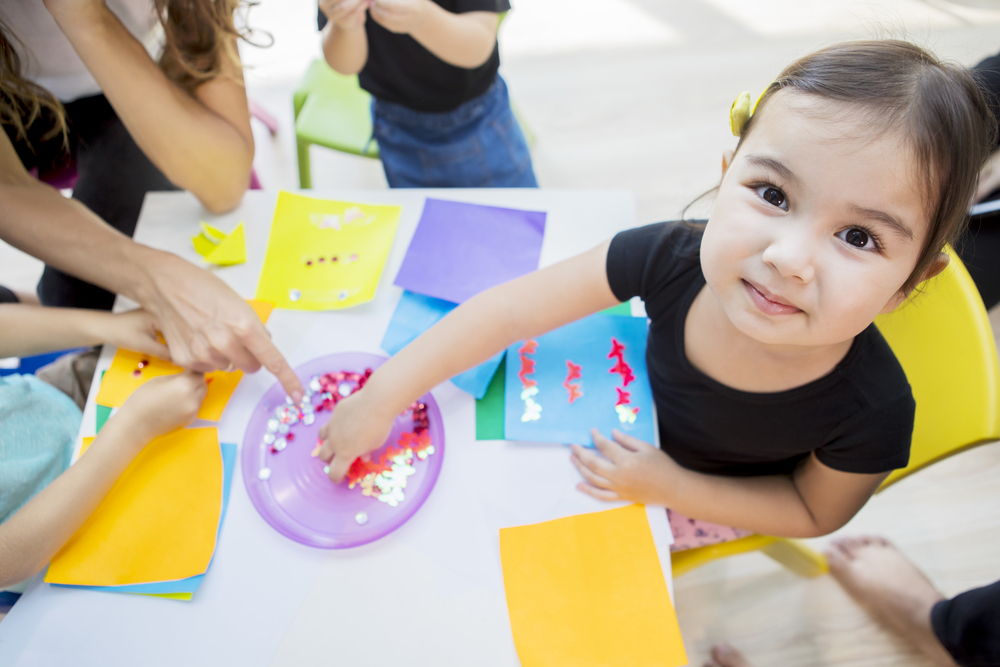
As highlighted above, there are lots of ways that children can learn, but studies have shown just how effective hands-on learning can be. That’s because children get to use their hands to see abstract ideas turn into something tangible, which can help them retain information better.
There are many reasons to encourage children to learn by doing, and we hope the above ideas can give you the right tools to use this learning method in your home.
For more exciting ways to encourage fun learning, check out our Learn & Grow app!
,


